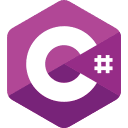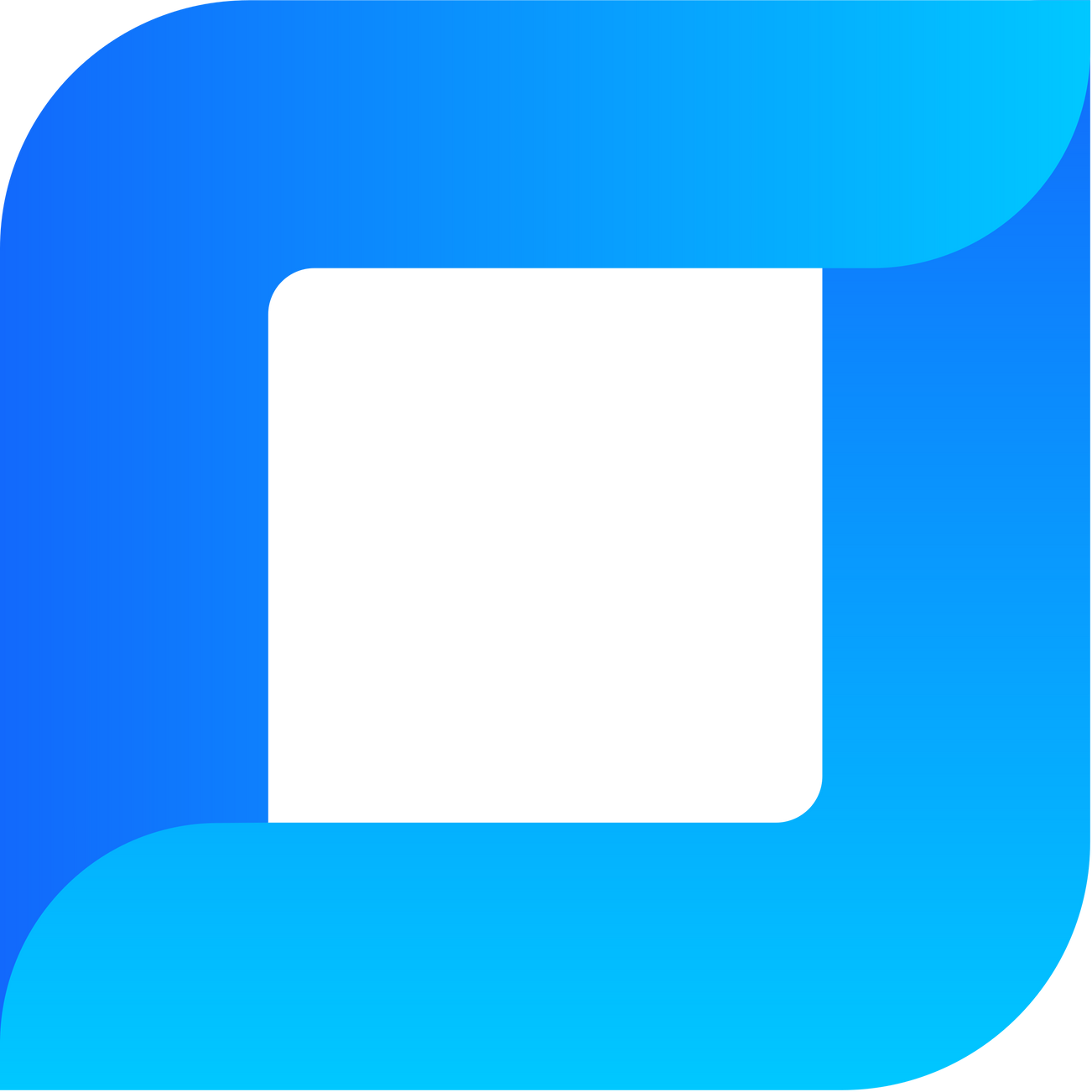These are the settings for your patch system configuration.
They are downloaded in real-time every time someone connects to the patch system. The second you update these settings, they are instantly reflected worldwide to all of your game users the next time they run the patch system.
Custom Extension
This is the custom extension you choose to use. This allows the patch system to append a random extension to all your game files. This is done for two reasons, the first is, some users antivirus software do not like apps downloading files like executables and secondly some firewalls may not allow it (serverside included).
You can specify ANY extension in here, just don’t include a . and don’t use any symbols. Just a plain text extension like boosty will do.
Cachebuster Type
The cachebuster type tells the patch system whether or not to append a cachebuster query string to the end of the download to ensure the very latest file is downloaded and not a cached version.
You should use Default if you are unsure.
If you are running your own custom server and have special caching in place and are handling your own caching setup, you should select None so the patch system instructs the server to serve the cached version.
Note: If you are running your own custom server, caching can have several benefits to increasing the speed of the download and client to server connectivity. For example, if you are running a linux server, caching systems like Varnish can help. If you are using one of our Patch Servers, then you’re in good hands as we already run our own caching system.
Patch Salt
This should be the salt key that you use throughout your patching. This is just a “secret key” that you use. The patch system uses this secret key as part of its file checksum generation so it ensures that nobody tampers with your files or replicates your files on another server.
This key can be anything you like, just a bunch of random characters. Just make sure the length is between 8 and 16 characters long.
You should NOT use % or | or # characters!
Splash Enabled
Select YES if you want to enable a splash screen to be shown before the patch system starts. You can configure your splash screen under Patch Customization.
Splash Width
This is the width of your splash screen in pixels. If you do not specify this manually here, the patch system will use the dimensions from the image.
Splash Height
This is the height of your splash screen in pixels. If you do not specify this manually here, the patch system will use the dimensions from the image.
Splash Timer
This is the length of time (in seconds) to display the splash screen before the patch system starts. You can use 1-10 seconds here.
Prerequisites Enabled
Select YES if you have any prerequisites configured and want to use them.
Postrequisites Enabled
Select YES if you have any postrequisites configured and want to use them.
Game Directory Detection
Here, you have 3 options for the patch system to detect where to download and patch the game files.
Self
This means the game directory is the same directory as where the patch executable is located.
Appended
This means the same as self, however, you can also append additional navigation parameters. For example, if your patch executable is in a folder called ‘Game’ and your game files need to be patched to a sub-folder called ‘game-files’ then you would append like so
game-files\
Registry
This tells the patch system to get the game directory from the Registry. You should specify the full path in the Registry where the patch system can locate the string holding this directory information.







